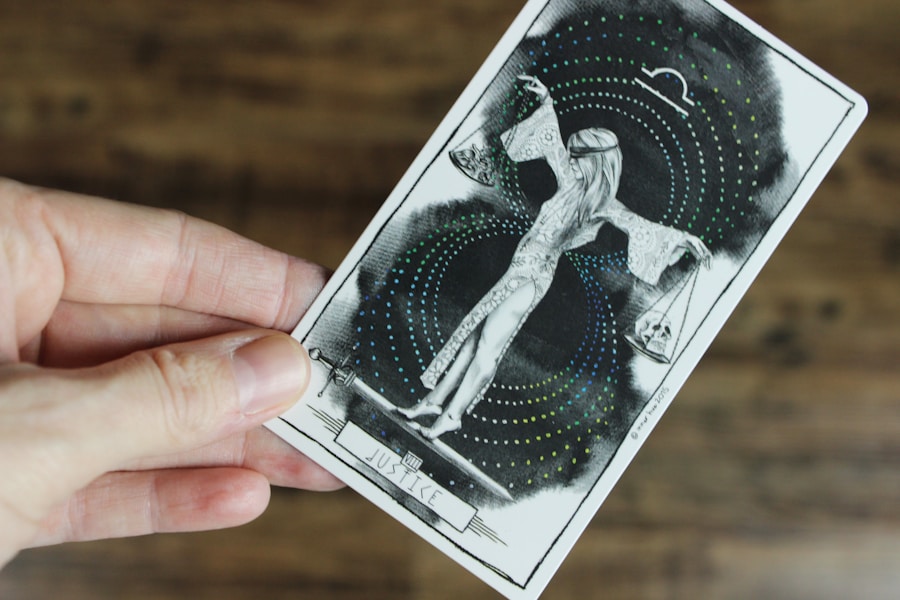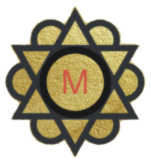
The Major Arcana, a pivotal component of the Tarot deck, has a rich and complex history that intertwines with various cultural and spiritual traditions. The origins of Tarot can be traced back to the 15th century in Europe, where it began as a card game known as tarocchi. Initially, these cards were not imbued with the mystical significance they hold today; rather, they served as entertainment for the nobility.
However, as the centuries progressed, the cards began to evolve, absorbing influences from various esoteric traditions, including Kabbalah, alchemy, and astrology. The Major Arcana specifically consists of 22 cards, each representing significant archetypes and universal themes. The earliest decks, such as the Visconti-Sforza Tarot from Italy, featured rudimentary illustrations that hinted at deeper meanings.
By the late 18th century, Tarot began to be associated with divination and the occult, largely due to the work of figures like Antoine Court de Gébelin and later, Eliphas Lé They posited that Tarot was an ancient Egyptian wisdom system, a claim that has since been debunked but nonetheless contributed to the mystique surrounding the cards. This transformation from a mere game to a tool for spiritual insight marks a significant turning point in the history of Tarot.
Key Takeaways
- The Major Arcana has ancient roots, with origins tracing back to various cultures and traditions.
- Each card in the Major Arcana is rich in symbolism, representing different aspects of life, spirituality, and human experience.
- The Major Arcana tells a story known as “The Fool’s Journey,” which symbolizes the path to self-discovery and personal growth.
- The Major Arcana holds both spiritual and psychological significance, offering insights into the human psyche and spiritual development.
- Tarot readings involving the Major Arcana can provide guidance and clarity on various aspects of life, including relationships, career, and personal development.
- By harnessing the power of the Major Arcana, individuals can unlock deeper insights and use tarot for personal growth and self-reflection.
Understanding the Symbolism: Decoding the Meaning Behind Each Card
Each card in the Major Arcana is steeped in symbolism, often drawing from a variety of cultural and spiritual sources. For instance, The Fool, numbered zero, represents new beginnings and the potential for adventure. The imagery typically depicts a young figure standing at the edge of a cliff, accompanied by a small dog.
This scene encapsulates themes of innocence, spontaneity, and the courage to embark on an unknown journey. The symbolism here is multifaceted; the cliff signifies risk and the unknown, while the dog represents loyalty and instinct. Another prominent card is The Tower, which is often depicted as a tall structure being struck by lightning, with figures falling from it.
This card symbolizes upheaval and sudden change, often interpreted as a necessary destruction of old beliefs or structures to make way for new growth. The lightning bolt can be seen as a divine intervention that forces individuals to confront uncomfortable truths. Each card’s imagery is meticulously crafted to convey layers of meaning that resonate with human experiences across time and cultures.
The Fool’s Journey: Exploring the Narrative of the Major Arcana

The narrative arc of the Major Arcana is often referred to as “The Fool’s Journey,” representing a metaphorical path of personal growth and self-discovery. The Fool begins as an innocent traveler, unencumbered by societal expectations or fears.
This journey serves as a powerful allegory for the human experience, illustrating how we navigate challenges and learn from our encounters. As The Fool moves through the Major Arcana, he meets characters such as The Magician, who symbolizes manifestation and resourcefulness; The High Priestess, representing intuition and inner wisdom; and The Empress, embodying fertility and nurturing. Each encounter teaches The Fool valuable lessons that contribute to his growth.
For example, meeting The Hanged Man introduces themes of surrender and perspective shifts, emphasizing that sometimes one must pause and reflect before moving forward. This narrative structure not only provides insight into individual development but also highlights the interconnectedness of human experiences.
The Spiritual and Psychological Significance of the Major Arcana
The Major Arcana holds profound spiritual and psychological significance that transcends mere divination. Psychologically, Carl Jung’s concept of archetypes aligns closely with the imagery found in these cards. Each card represents universal themes that resonate with our collective unconscious, allowing individuals to explore their inner landscapes through reflection and introspection.
For instance, The Lovers card delves into themes of choice and duality, prompting individuals to examine their relationships with others and themselves. Spiritually, many practitioners view the Major Arcana as a map of the soul’s journey toward enlightenment. Each card serves as a guidepost along this path, offering insights into personal challenges and opportunities for growth.
For example, The Death card does not signify a literal end but rather transformation and rebirth. This perspective encourages individuals to embrace change as an essential part of their spiritual evolution. By engaging with these cards on a deeper level, practitioners can cultivate greater self-awareness and align their actions with their higher selves.
How to Interpret the Major Arcana in Tarot Readings
Interpreting the Major Arcana in Tarot readings requires both intuition and knowledge of symbolism. When conducting a reading, it is essential to consider not only the individual meanings of each card but also their relationships with one another within the spread. For instance, if The Fool appears alongside The Tower, it may suggest that embarking on a new journey could lead to unexpected upheaval or transformation.
Conversely, if The Fool is paired with The Sun, it may indicate a positive new beginning filled with joy and success. Context is also crucial in interpretation. The question posed by the querent (the person receiving the reading) can significantly influence how each card is understood.
A card like The Hermit may suggest introspection when asked about personal growth but could indicate isolation when discussing relationships. Additionally, considering reversals—where cards appear upside down—can add another layer of meaning. A reversed card may indicate blocked energy or challenges related to its upright interpretation.
Unlocking Tarot’s Deepest Secrets: Harnessing the Power of the Major Arcana for Personal Growth

Harnessing the power of the Major Arcana for personal growth involves more than just understanding their meanings; it requires an active engagement with their energies in daily life. One effective method is through journaling about each card’s significance in relation to personal experiences. By reflecting on how specific cards resonate with current situations or emotions, individuals can gain deeper insights into their lives and identify areas for growth.
Meditation on individual cards can also be transformative. By focusing on a particular card’s imagery and symbolism during meditation sessions, practitioners can invite its energy into their lives. For example, meditating on The Star can inspire hope and renewal during challenging times.
Additionally, creating rituals around specific cards—such as lighting candles or setting intentions—can further enhance their influence in one’s life. Incorporating the lessons from the Major Arcana into daily decision-making can lead to profound shifts in perspective and behavior. By recognizing when one embodies qualities represented by specific cards—such as courage from Strength or wisdom from The Hierophant—individuals can consciously choose to align their actions with these archetypal energies.
This practice not only fosters personal growth but also deepens one’s connection to the rich tapestry of human experience represented by the Tarot.
If you are interested in exploring the significance of numerology in tarot readings, you may want to check out the article Understanding the Significance of Numerology: Number 11 Birthday Number and Life Path. This article delves into the deeper meanings behind numerology and how it can enhance your understanding of tarot cards like The Major Arcana. By combining numerology with tarot, you can unlock even more secrets and insights into your life’s path and purpose.
FAQs
What is the Major Arcana in Tarot?
The Major Arcana is a set of 22 cards in a Tarot deck that represent significant life events, spiritual lessons, and archetypal energies. These cards are separate from the Minor Arcana, which focuses on everyday experiences.
What do the Major Arcana cards symbolize?
Each Major Arcana card represents a different aspect of the human experience, such as love, death, wisdom, and transformation. They also embody universal themes and archetypes that can be found in various cultures and mythologies.
How are the Major Arcana cards used in Tarot readings?
During a Tarot reading, the Major Arcana cards are often used to provide insight into major life events, spiritual growth, and important decisions. They can offer guidance, reflection, and a deeper understanding of the forces at play in a person’s life.
What are some common Major Arcana cards and their meanings?
Some well-known Major Arcana cards include The Fool, The Magician, The High Priestess, The Empress, The Lovers, The Chariot, Strength, The Hermit, Wheel of Fortune, Justice, The Hanged Man, Death, Temperance, The Devil, The Tower, The Star, The Moon, The Sun, Judgement, and The World. Each card has its own unique symbolism and interpretation.
Can the Major Arcana cards reveal the future?
While the Major Arcana cards can offer insight and guidance, they do not predict the future with certainty. Instead, they provide a framework for understanding the present moment and the potential paths that may unfold based on current energies and choices.






